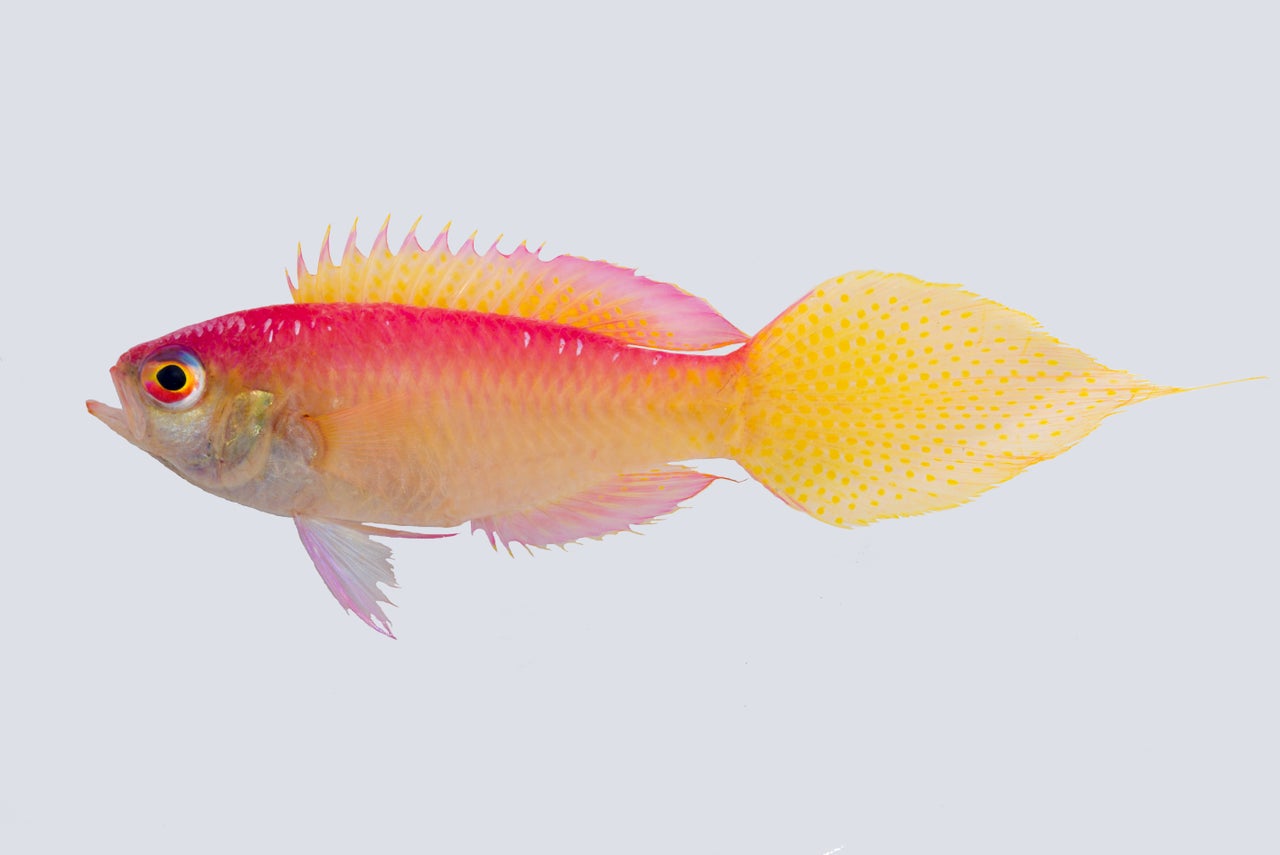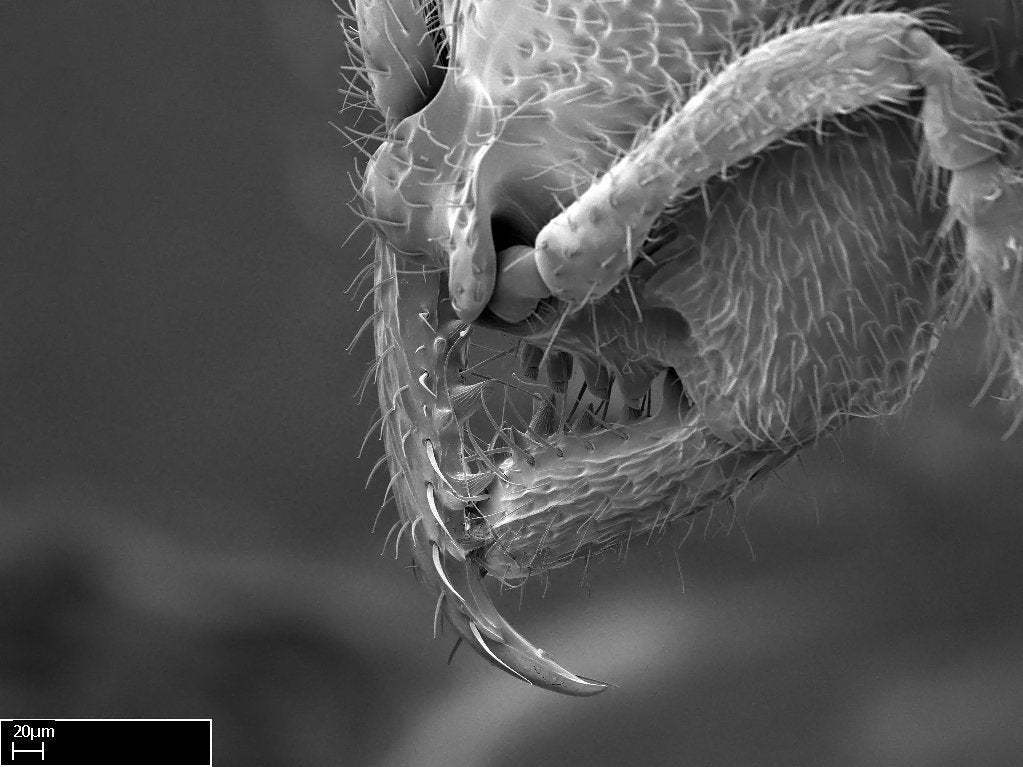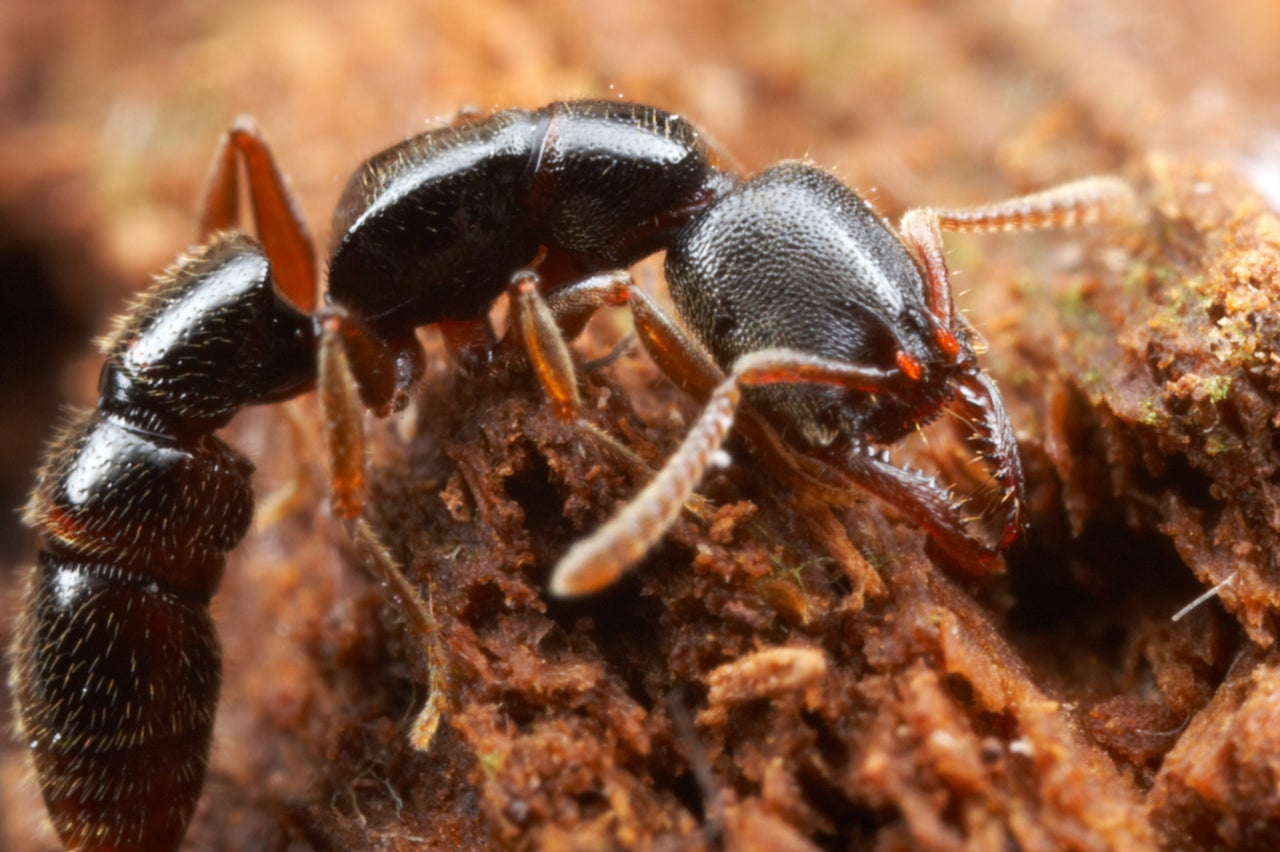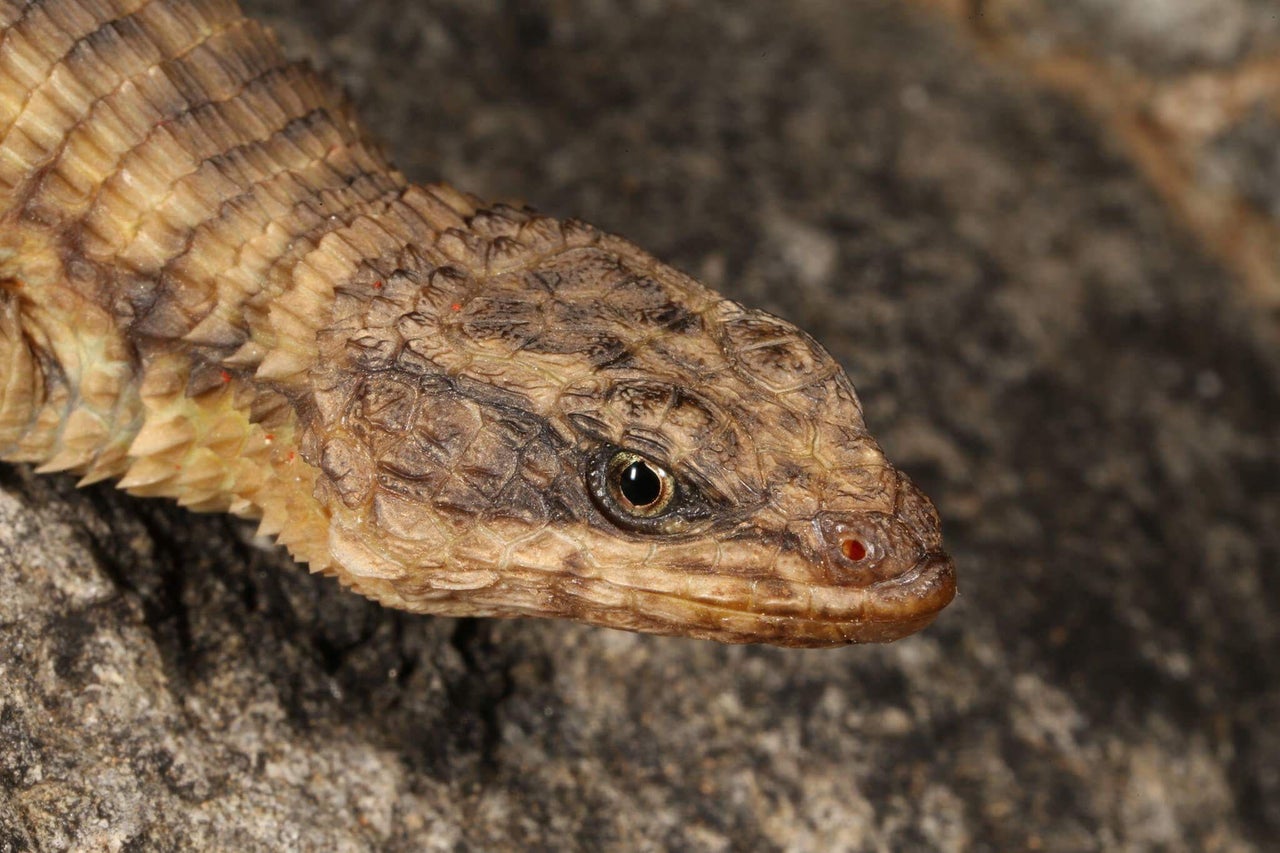More than a hundred animals and plants - including an armoured lizard, a blood sucking ant and a colourful sea slug - are among the newly discovered species added to Earth’s tree of life.
From a fleet of shining beetles to sharks and an alarming bird virus, they span five continents and three oceans.
The 133 new species were discovered by researchers venturing into vast deserts, to the depths of the oceans, scouring thick rainforests and towering mountain ranges.
Dr Shannon Bennett, of the California Academy of Sciences, said: “Biodiversity scientists estimate we have discovered less than 10 per cent of the species on our planet.
“Academy scientists tirelessly explore the lesser-known regions of Earth - not only to discover new species, but also to uncover the importance of these species to the health of our natural systems.
“Each of these species, known and as-yet-unknown is a wonder unto itself, but may also hold the key to ground-breaking innovations in science, technology, or society.
“Species live together in rich networks that thrive on complexity whether we can see it or not. Even the tiniest organism can be beautiful and important.”

The flashy ‘twilight zone’ groppo is the deepest fish discovered by human hands. Pink-and-yellow, the Grammatonotus brianne was captured on film at 487 feet off the Philippines.
Dr Luiz Rocha said: “This groppo is the most beautiful fish I’ve ever seen. But beyond its looks, it’s a reminder that we know very little about the mysterious half-lit reefs we call the twilight zone.”
Stigmatomma - ‘Dracula ants’ that build tiny colonies beneath the Madagascan soil are known to wound larvae before drinking their blood.
An elongated jaw with two large pincers also allows the ants to grasp prey mostly comprised of centipedes, but also beetle larvae.


Dr Flavia Esteves said: “Because these ants are so rarely collected finding them is like uncovering buried treasure.
“Most Stigmatomma species spend the entirety of their lives beneath the soil or inside rotten logs.”
A new species of bee-fly (Bombyliidae) from Madagascar may cause passers-by to look twice.
Dr Michelle Trautwein said: “”Don’t be deceived by stripes or fuzzy adornments.”
Named Thevenetimyia spinosavus which translates to “thorny grandfather”, this grey-haired bee fly was discovered by Natalia Maass, who worked with Trautwein for two summers as an undergraduate intern.

After more than a dozen combined expeditions to the damp rainforests of Madagascar and cloud-kissed mountains of southwestern China, Dr. Dave Kavanaug is sharing 36 exciting new discoveries.
Ground beetles are a wildly diverse group of winged and wingless predators that feast on other insects, and some are known to survive in extreme environments around the world.
Twenty-six of Kavanaugh’s recent species discoveries hail from Madagascar’s Ranomafana National Park – an area of lush tropical rainforest stretching nearly 160 square miles across the southwestern portion of the island.
During one 5-week expedition, Kavanaugh’s daughter Kathryn (for whom he later named a beetle Chlaenius kathrynae) assisted him in the field by searching for species of ground beetles in the leaf litter.
Several additional new species (including three new genera) are described from the Gaoligong Mountains of China’s Yunnan Province, a region where extreme physical geography has caused a jaw-dropping array of species to evolve over millennia.
Amid outcroppings of granite in the arid, sloping lowlands of southern Angola, a newly discovered species of lizard wedges itself into particularly tight crevices, head-first.

Only threatening spines are left exposed along its body and tail to deter approaching predators.
Dr. Edward Stanley said scans revealed that the tiny, bony spikes of Cordylus namakuiyus are actually embedded in the lizard’s skin rather than attached to the skeleton itself.
“CT technology allowed us to visualise and measure the armoring structure in this new lizard species,” he said.
New invertebrate species highlights include five fossil species of ancient urchins and one fossil sand dollar described by invertebrate zoology curator Dr. Rich Mooi, and seven colourful new sea slugs - or nudibranchs.
These are described from the world’s shallow reefs-including one from California-by longtime invertebrate zoology curator Dr. Terry Gosliner.

A new Pacific skate fish was discovered in the Pacific and a new rainforest beetle in Madagascar - a hugely diverse group of insects, both with wings and without, that feast on other insects.
The flowering shrub Symplocos nigridentata is one of six new plants discovered. Symplocos is a genus of flowering plants, containing about 250 species native to Asia, Australia and the Americas.
Even a new virus was identified, which causes deformed beaks in birds. It belongs to the picornavirus family which includes human infections like polio, hepatitis A, and the common cold.
